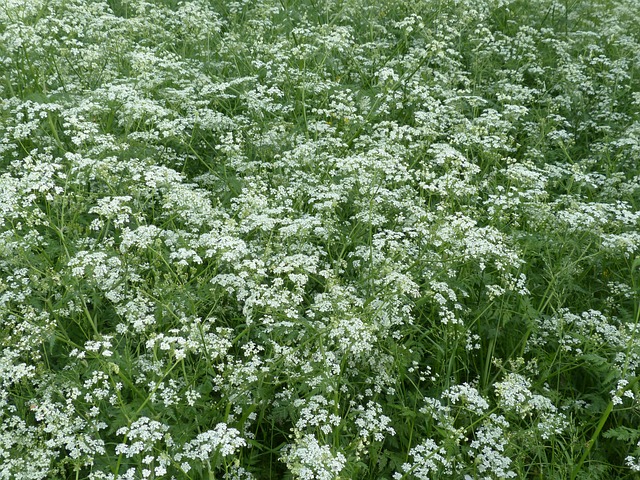
By Monica Karpinski
London is the last place in the world you’d expect to get a free lunch. Let alone see people picking snails off the pavement, or tucking into mysterious red berries plucked from a bush in a public park. These days in the capital however, the return to our primordial hunter-gatherer roots is all the rage.
Food foraging, where one goes out to search for food growing organically in the wild, is one of the latest epicurean trends to take the city by storm. Plenty of upscale restaurants are adding wild foods and herbs to their specials menus, whilst foraging classes and communities are on the rise. But why the sudden return to our food-gathering beginnings? And what does it mean for the environment?
Sadly, eating healthy, let alone organically, can be expensive. Food prices in the UK are on a steep rise. The average British household expenditure on food saw a sharp spike in 2013, with food costs up by 22% from 2007. Picking out your own mushrooms instead of waiting in line to pay for a smaller box of them then seems an obvious and sustainable solution.
Fossicking around East London’s Hilter Green, basket in hand, at first I felt like a fraud. I’m at the supermarket every Saturday, and like most Londoners, am inescapably subscribed to the pulls of city life. But beneath the calm, measured guidance of an expert, my inhibitions soon began to fade.
Foraging is methodological, deceptively time-consuming and addictive. There’s something spiritual and incredibly rewarding about picking your own food, particularly off the streets of London. Whilst it’s slightly superficial, you feel as if you’re somehow more connected to the natural world, and better understand ideas of food as nourishment, rather than tokens of instant gratification. It’s as if new realms of sensory opportunity have been thrown open: and really, it feels great. For the few hours you’re doing it, with complete knowledge you can run to the supermarket if you don’t find enough to fill you up for the week.
The practice is not without its hiccups. For one, it can be quite dangerous if you’re not absolutely sure what you’re picking. Snowberries? Poisonous to humans. Cow parsley? Should be fine. Pinecones? Only if they’re brown and have prickles on the outside. And then, there’s greed.
Food foraged might not cost money, but it’s not free, either. 15 mushroomers in Epping Forest were recently taken to court for picking their wares from a Site of Special Interest, whilst a group of South London foragers were recently urged to curb their berry-picking, and stop lifting goods from the community-run greenhouse. Sure, nature gives, but when it comes to the prospect of scoring free food, there’s those who won’t give back.
At the moment, foraging is trendy. And, in theory, it’s sustainable, cheap and healthy. But the practice itself cannot pretend to be without consequence if it takes off the way it’s set to. Learning how to forage for your food in the city is an invaluably invigorating experience, but should be taken with a critical pinch of salt. Whilst in part, it is a healthy and sustainable alternative to the supermarket checkout, foods sourced in city parks in hopes of comprising the full, balanced diets of millions are not without keen environmental consequence.
Learn foraging to see a new side to the natural world around you. Get to know the kinds of roots and herbs that nature gives us that are okay to pick and eat, but respect that taking advantage of nature’s generosity will only hurt us in the long run.
About the author
Monica Karpinski is a London-based writer who is passionate about travel, food culture, art and syntax. She was inspired to write this piece after completing a foraging course in East London. Follow her on twitter @monkarpi